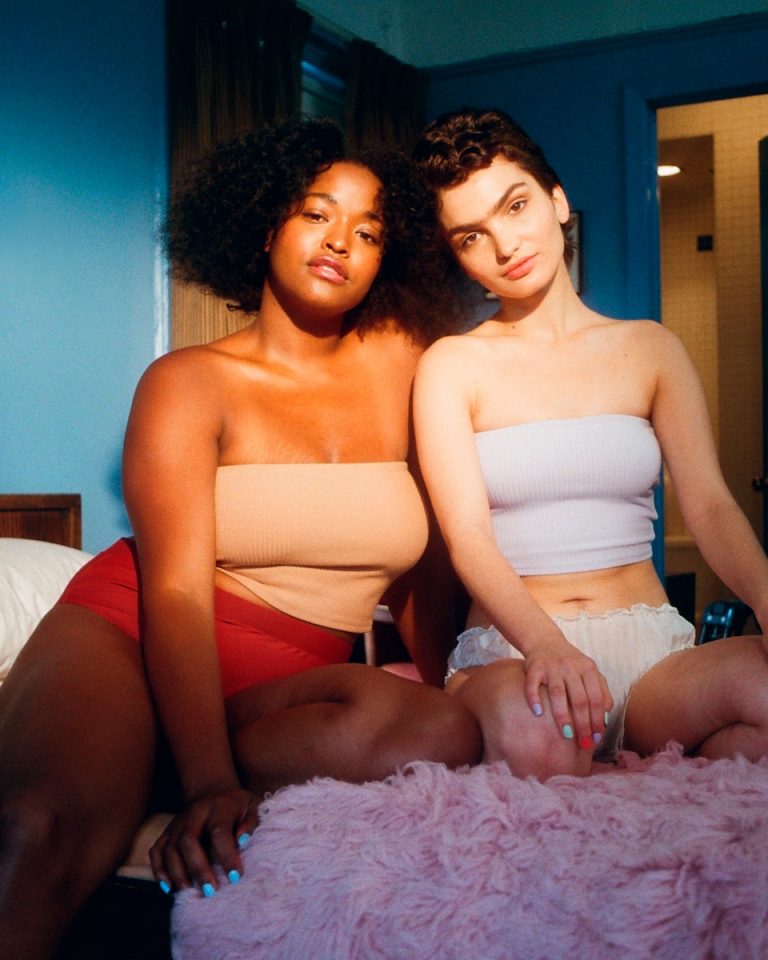The fashion world is undergoing a transformative period, recognizing the essential need for inclusivity and body positivity. These twin pillars are not just trends but fundamental movements reshaping the industry. Designers and brands are responding as individuals clamor for representations that resemble their diverse realities. Gone are the days when fashion catered solely to a narrow demographic. Below, we delve deeper into these significant shifts and their implications on the fashion landscape.
Story Stages
Embracing Diversity: The Rise of Body Positivity in Fashion
The body positivity movement has gained unprecedented momentum in recent years, challenging longstanding beauty ideals. This crusade for inclusivity insists on celebrating bodies of all shapes, sizes, and colors. The rise of plus-size models and the increasing visibility of diverse body types on runways and campaigns signals a hopeful change. It’s a shift toward authenticity, where the realness of the human body is not just accepted but showcased with pride.
Within this surge toward diversity, established fashion brands are expanding their size ranges to accommodate a broader audience. Social media platforms fuel this progression, serving as stages for individuals to voice their demand for inclusivity. These digital communities have made it clear that beauty is not monolithic. The significance of representation in the fashion industry is not just a matter of style; it’s about respect and self-worth.
Once the epitome of exclusivity and unattainable beauty standards, fashion shows are beginning to reflect this change. Where there once was uniformity, now there is a colorful spectrum of humanity. It is an acknowledgment that fashion is not a privilege for the few but a right for the many. Designers embracing this new trend are not only lauded for their inclusivity but also for their role in driving the industry forward.
Key industry players are not just following the trend, but setting a precedent for others. Retailers such as penningtons.com are front-runners in the movement, offering clothing that aligns with the latest fashion trends and caters to plus-size individuals. Such efforts are pivotal in redefining standards and affording dignity to every customer, regardless of body type.
The Impact of Inclusive Sizing on Consumer Confidence and Brand Loyalty
When fashion brands adopt inclusive sizing, they definitively state: “We see you, we respect you, and we are here for you.” This message fosters a powerful bond between consumers and brands. People are more likely to support businesses that acknowledge their existence and meet their needs. As a result, consumer confidence in these brands skyrockets, leading to increased customer satisfaction and retention.
Inclusive sizing also compels brands to fine-tune their marketing strategies. They are learning to communicate authentically and to engage with diverse consumer groups on a more personal level. Campaigns featuring an inclusive range of customers resonate more deeply and tend to attract a wider audience. This genuine connection drives brand loyalty, as shoppers feel understood and valued.
Shopping has transformed from a task to a personalized experience for many. The excitement and relief of finding clothing that fits well and looks good cannot be overstated. By offering a range of sizes, brands empower customers to dress confidently. This empowerment translates to positive brand perception, as customers associate these positive shopping experiences with the brands that provide them.
Celebrating All Bodies: The Role of Fashion in Shaping Societal Attitudes
The fashion industry wields substantial influence in setting societal norms and expectations regarding body image. By celebrating various body types, the industry can dismantle damaging stigmas and encourage a healthy self-image. It’s not just about the clothes people wear; it’s about the message those clothes send. Fashion that honors all bodies teaches society to do the same—to respect and celebrate the individual, not the ideal.
This shift toward body inclusivity in fashion impacts not only adult consumers but also the younger generations. When children and teenagers see diverse bodies celebrated, it normalizes body variety and helps mitigate the onset of insecurities. It’s a long-term investment in the mental health and wellbeing of society. Fashion becomes a tool for education and empowerment, rather than exclusion.
The celebration of all bodies in fashion also fuels discussions around body neutrality. This perspective encourages individuals to appreciate their bodies for functionality rather than appearances alone. Its philosophy values health and well-being over conforming to unrealistic beauty standards, fostering a balanced and compassionate view of oneself and others.
Overall, the surge of body positivity and inclusivity in fashion represents a transformative shift towards authenticity and respect for diverse identities. By embracing all body types, the fashion industry cultivates confidence and empowerment among consumers and fosters a more inclusive and accepting societal mindset.
